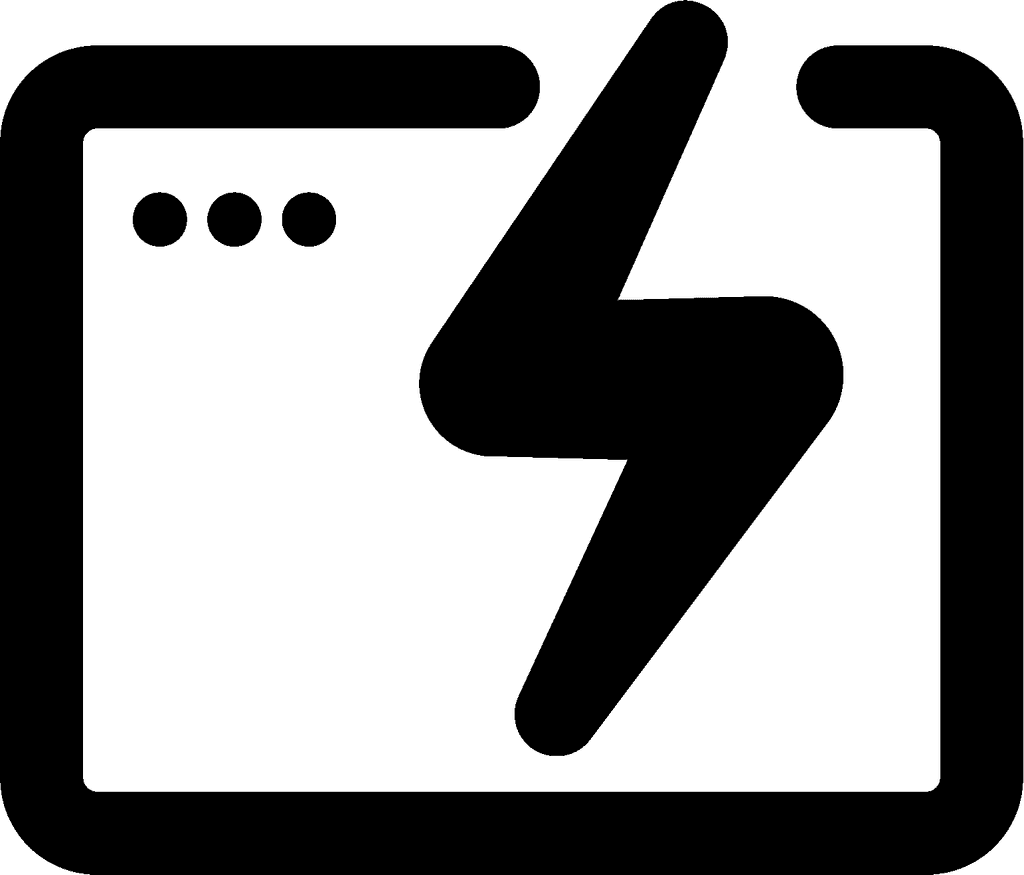Automated Provisioning: Streamlining IT Infrastructure Deployment
Automated provisioning streamlines the setup and configuration of IT resources, eliminating manual processes. This approach enables organizations to rapidly deploy systems, applications, and user accounts at scale. Automated provisioning enhances efficiency, reduces human error, and ensures consistent security practices across an enterprise.
By leveraging automated tools and scripts, IT teams can provision new servers, configure network settings, and manage access controls with minimal human intervention. This not only saves time but also improves the accuracy of deployments. Automated provisioning is especially valuable in cloud environments, where resources can be dynamically allocated and deallocated based on demand.
The benefits of automated provisioning extend beyond operational efficiency. It plays a crucial role in maintaining data integrity and enforcing security policies. By standardizing the provisioning process, organizations can ensure that all systems adhere to predefined security baselines and compliance requirements from the moment they are deployed.

Understanding Automated Provisioning
Automated provisioning streamlines user access management and enhances organizational security. It leverages technology to efficiently assign and revoke digital privileges across systems.
Defining Automated Provisioning
Automated provisioning refers to the process of automatically creating, modifying, and deleting user accounts and access rights across IT systems. This technology-driven approach replaces manual methods, reducing human error and improving efficiency.
Key components of automated provisioning include:
Access control policies
Integration with HR databases
These elements work together to ensure users receive appropriate access based on their roles and responsibilities. Automated provisioning systems can quickly update permissions when employees join, change positions, or leave an organization.
Importance in Organizational Security
Automated provisioning plays a crucial role in bolstering organizational security. By standardizing access management processes, it helps prevent unauthorized access and reduces the risk of data breaches.
Benefits of automated provisioning for security include:
Rapid deprovisioning of former employees
Consistent application of access policies
Improved audit trails and compliance reporting
Reduced likelihood of privilege creep
Organizations that implement automated provisioning can better defend against both internal and external security threats. The system's ability to quickly adjust user rights minimizes vulnerability windows and strengthens overall cybersecurity posture.
Setting Up Automated Provisioning Systems
Implementing automated provisioning systems requires careful planning and integration with existing technologies. The process involves connecting HR data, establishing role-based access controls, and ensuring compliance through predefined rules.
Integration with HR Systems
Automated provisioning tools interface directly with human resources systems to streamline user account creation and management. This integration allows for real-time synchronization of employee data, ensuring accuracy and reducing manual input errors.
HR data feeds into the provisioning system, triggering automatic account creation when new employees join. It also updates access rights as roles change and revokes permissions upon termination.
Many IAM technologies offer pre-built connectors for popular HR platforms, simplifying the integration process. Custom APIs can be developed for proprietary or legacy systems to ensure seamless data flow.
Role-Based Access Control Implementation
Role-based access control (RBAC) forms the foundation of effective automated provisioning. This approach assigns permissions based on job functions rather than individual users.
RBAC implementation begins with a thorough analysis of organizational roles and required access levels. IT teams work closely with department heads to define these roles accurately.
Provisioning systems use RBAC rules to automatically grant appropriate permissions when creating or modifying user accounts. This ensures consistency and reduces the risk of over-privileged access.
Regular audits of role definitions help maintain the system's effectiveness as organizational needs evolve.
Predefined Rules and Compliance
Automated provisioning systems rely on predefined rules to enforce compliance standards and security policies. These rules govern account creation, modification, and deletion processes.
Rules can be set to enforce password complexity, multi-factor authentication requirements, and access restrictions based on location or device type. Compliance-specific rules ensure adherence to regulations like GDPR or HIPAA.
Automated alerts notify administrators of policy violations or unusual account activities. This proactive approach helps maintain a secure environment and simplifies audit processes.
Regular reviews and updates of predefined rules ensure they align with current compliance requirements and organizational policies.
Automated Provisioning Workflow
Automated provisioning streamlines user account management through predefined workflows. These processes handle onboarding, offboarding, and ongoing lifecycle management efficiently.
Onboarding and Offboarding Processes
Automated onboarding begins when HR initiates a new hire request. The system creates accounts and grants appropriate access based on the employee's role.
IT teams configure rules to provision email, network access, and required software licenses automatically. This reduces manual effort and ensures consistency.
For departing employees, offboarding workflows revoke access promptly. The system disables accounts, removes permissions, and archives data as needed.
Automation helps prevent security risks from lingering access and ensures compliance with data retention policies.
Lifecycle Management
Lifecycle management involves ongoing adjustments to user accounts as roles change. Automated workflows detect promotions, transfers, or role modifications.
The system updates permissions accordingly, granting or revoking access based on new responsibilities. This maintains the principle of least privilege.
Regular audits are automated to identify inactive accounts or excessive permissions. IT teams receive alerts to review and take action as needed.
Automated lifecycle management reduces administrative overhead and improves security posture by keeping access rights current.
Security and Compliance
Automated provisioning enhances security measures, enables comprehensive monitoring, and ensures adherence to governance policies. These aspects are crucial for maintaining a robust security posture in today's digital landscape.
Enhanced Security Measures
Automated provisioning significantly improves an organization's security stance. It reduces human error in system configuration, a common source of vulnerabilities. Automated systems apply consistent security protocols across all provisioned resources.
Encryption and access controls are seamlessly integrated into the provisioning process. This ensures data protection from the moment resources are created. Multi-factor authentication can be automatically enabled for new user accounts.
Automated patching and updates minimize the window of exposure to known vulnerabilities. Security departments can rapidly deploy patches across the entire infrastructure. This proactive approach strengthens the overall data security posture.
Monitoring and Audit Trails
Automated provisioning systems generate detailed logs of all actions taken. These logs form a comprehensive audit trail, crucial for security analysis and compliance reporting. Real-time monitoring alerts security teams to suspicious activities or policy violations.
Automated tools can track resource usage patterns and detect anomalies that may indicate a security breach. This early warning system allows for swift response to potential threats.
Centralized monitoring dashboards provide visibility into the entire provisioned environment. Security teams can quickly assess the current state of system configurations and access controls.
Adherence to Governance Policies
Automated provisioning ensures consistent application of governance policies across the organization. It enforces standardized configurations that align with regulatory requirements like GDPR.
Policy checks can be integrated into the provisioning workflow. This prevents the creation of non-compliant resources or user accounts. Automated systems can generate reports demonstrating compliance with specific regulations.
Regular compliance scans can be scheduled to identify and rectify any deviations from established policies. This proactive approach helps maintain a strong compliance posture and reduces the risk of penalties.
Benefits of Automated Provisioning
Automated provisioning offers significant advantages for organizations seeking to streamline their IT operations and improve resource management. It enhances efficiency while reducing errors and costs associated with manual processes.
Operational Efficiency and Productivity
Automated provisioning dramatically improves operational efficiency. It eliminates time-consuming manual tasks, allowing IT staff to focus on more strategic initiatives. Resources are allocated quickly and consistently, reducing delays in user onboarding and project kickoffs.
The automation of repetitive tasks leads to increased productivity across the organization. New employees gain faster access to necessary systems and applications. This rapid provisioning accelerates time-to-productivity for new hires.
Automated workflows ensure consistent application of policies and configurations. This standardization reduces troubleshooting time and simplifies system management. IT teams can manage larger infrastructures with fewer resources, leading to cost savings.
Error Reduction and Data Integrity
Manual provisioning is prone to human error. Automated processes significantly reduce these mistakes. Consistent application of predefined templates and configurations ensures accuracy in resource allocation and access rights.
Automated systems enforce compliance with security policies and regulations. This reduces the risk of unauthorized access and data breaches. Accurate user provisioning and deprovisioning protect sensitive information and maintain data integrity.
Centralized management of user accounts and permissions improves audit trails. This simplifies compliance reporting and reduces the time spent on audits. Automated provisioning also enables quicker detection and resolution of access-related issues.
Frequently Asked Questions
Automated provisioning streamlines cloud computing and identity management processes in several key ways. It offers efficiency gains and cost savings for enterprises across different environments.
How does automated provisioning streamline cloud computing processes?
Automated provisioning accelerates resource allocation in cloud environments. It eliminates manual configuration steps, reducing human error and deployment times. This allows organizations to rapidly scale infrastructure up or down based on demand.
Can you provide a real-world example of automated provisioning in action?
A large e-commerce company uses automated provisioning to handle traffic spikes during sales events. Their system automatically spins up additional web servers and database instances when traffic exceeds certain thresholds. This ensures the website remains responsive during peak periods.
What tools are commonly used in the automation of provisioning tasks?
Popular automated provisioning tools include Terraform, Ansible, and Puppet. These enable infrastructure-as-code practices, allowing administrators to define and manage resources programmatically. Cloud-specific tools like AWS CloudFormation and Azure Resource Manager are also widely used.
What are the steps to configure auto-provisioning in an Azure environment?
Configuring auto-provisioning in Azure involves several steps. First, create an Azure Automation account. Next, set up a RunAs account for authentication. Then, create runbooks to define provisioning logic. Finally, schedule or trigger the runbooks to execute automatically.
How does automated user provisioning work within Active Directory?
Automated user provisioning in Active Directory streamlines account creation and management. It uses predefined templates and rules to automatically create, modify, or deactivate user accounts. This process often integrates with HR systems to sync employee data and access rights.
What benefits does auto-provisioning offer to enterprise identity management?
Auto-provisioning enhances enterprise identity management in multiple ways. It reduces administrative overhead by automating repetitive tasks. This improves security by ensuring consistent access controls. Auto-provisioning also enables faster onboarding and offboarding of employees, improving overall operational efficiency.

Build a more powerful help desk with Risotto
Minimize Tickets and Maximize Efficiency
Simplify IAM and Strengthen Security
Transform Slack into a help desk for every department
Schedule your free demo



